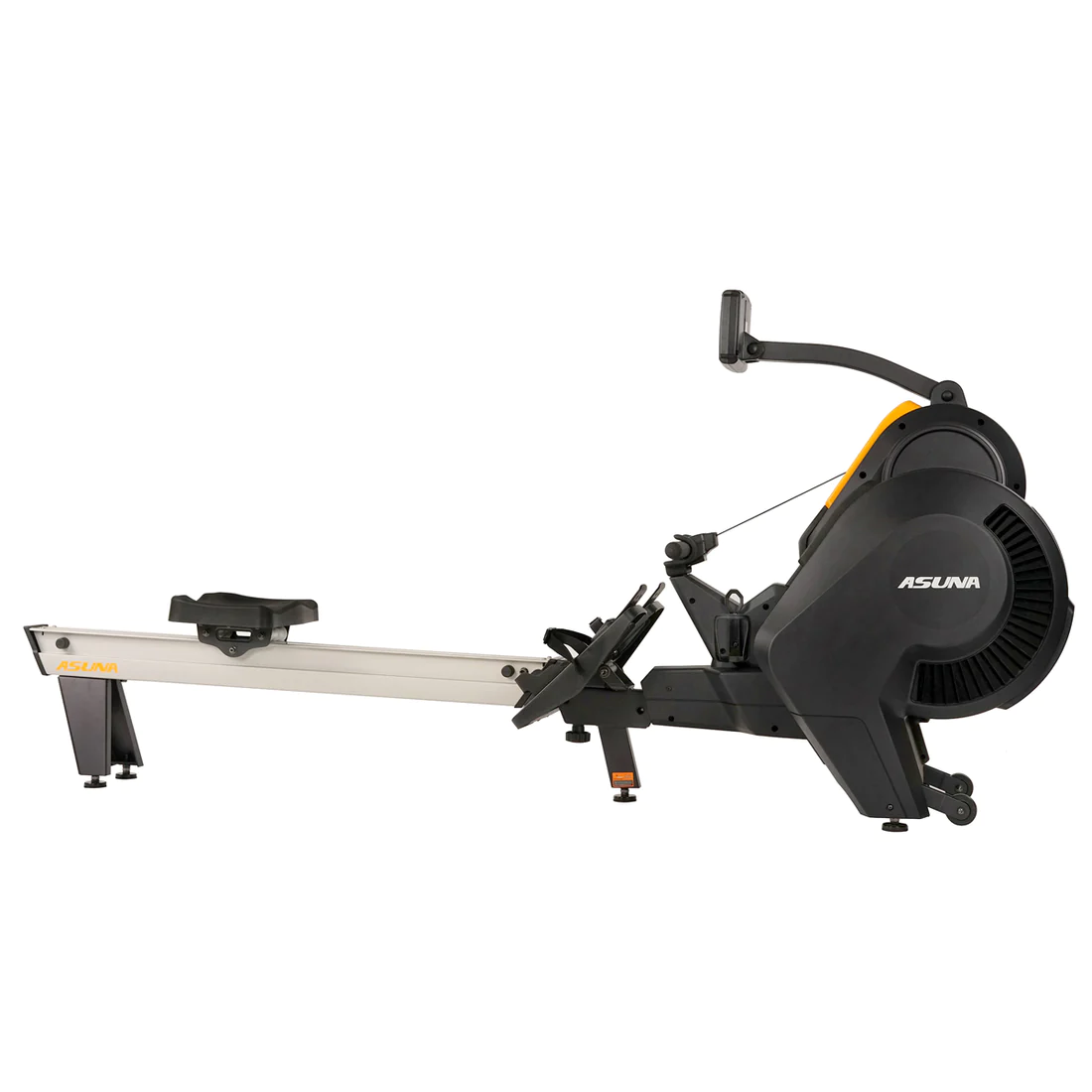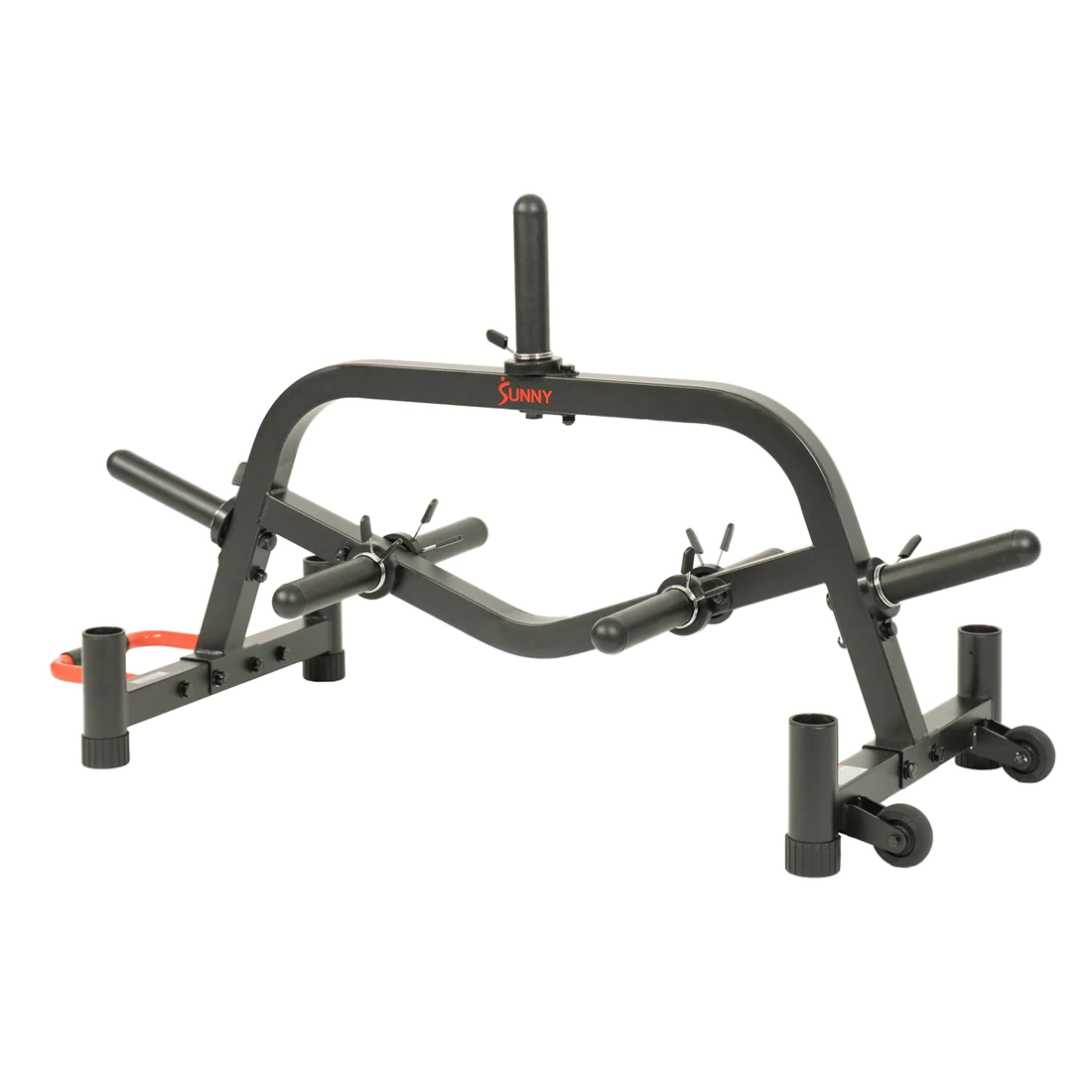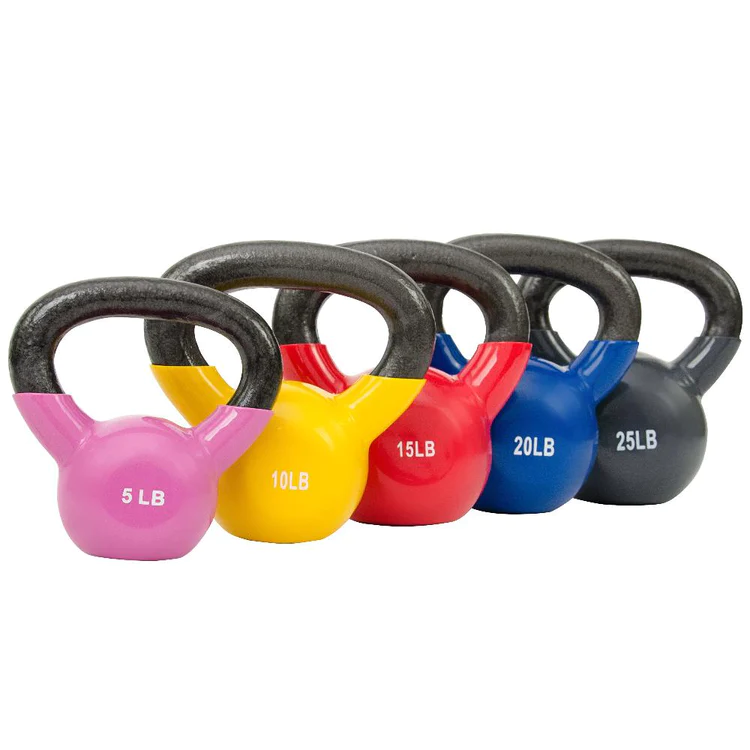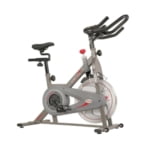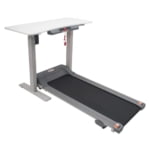Unlocking Muscle Growth: The Power of Tri-Set Training
Welcome to the world of Tri-Set Training, where efficiency meets muscle gain! If you’re on a quest to maximize your time in the gym while sculpting your physique, Tri-Set Training might just be your secret weapon. In this article, we’ll dive into the what, how, and why of Tri-Set Training, with a special focus on a killer Cellucor Tri-Set Chest Workout.

1. What Is Tri-Set Training?
Tri-Set Training is a workout technique that involves performing three exercises back-to-back with minimal rest between them. This method targets the same muscle group from various angles, inducing more significant muscle fiber recruitment and promoting intense muscle stimulation.
2. How To Do A Tri-Set
To execute a Tri-Set effectively, select three exercises that target the same muscle group. Perform each exercise consecutively without resting between them. Once you complete one full Tri-Set, take a short rest before repeating. This technique not only saves time but also elevates the intensity of your workout.
3. Cellucor Tri-Set Chest Workout
I. Incline Dumbbell Bench Press: Step-by-Step Guide
Setup
Adjust the incline bench to a 30-45 degree angle. Sit on the bench with a dumbbell in each hand, resting on your thighs.
Grabbing the Dumbbells
With a firm grip, lie back on the bench. Hold the dumbbells at shoulder width, palms facing forward. Your feet should be flat on the floor.
Positioning
Lower the dumbbells to the sides of your chest, keeping your elbows at a 90-degree angle. Ensure your back remains flat on the bench.
Pressing Up
Push the dumbbells back up to the starting position, fully extending your arms. Keep a slight bend in your elbows to maintain tension on the chest muscles.
Repeat
Perform the desired number of reps, maintaining control throughout the movement. Exhale as you push the weights up.
Common Mistakes to Avoid:
Flaring Elbows
Avoid letting your elbows flare out during the press, as this can place unnecessary stress on the shoulder joints.
Using Excessive Weight
Choose a weight that allows you to maintain proper form. Using overly heavy dumbbells can lead to compromised technique.
Not Utilizing Full Range of Motion
Ensure you lower the dumbbells to the sides of your chest for a complete range of motion, maximizing muscle engagement.
Arching the Back
Keep your back flat on the bench throughout the exercise. Arching the back reduces the effectiveness of the chest workout.
II. Dumbbell Bench Press: Step-by-Step Guide
Setup
Lie down on a flat bench with a dumbbell in each hand. Plant your feet firmly on the ground and ensure your back is flat against the bench.
Dumbbell Positioning
Hold the dumbbells above your chest with your palms facing forward. Your elbows should be slightly bent, and your upper arms should be parallel to the ground.
Lowering the Dumbbells
Lower the dumbbells slowly and with control, keeping them in line with your chest. Aim to achieve a 90-degree angle with your elbows.
Pressing Up
Push the dumbbells back up to the starting position, fully extending your arms. Focus on engaging your chest muscles throughout the movement.
Repeat
Complete the desired number of repetitions while maintaining proper form. Exhale as you push the weights up.
Common Mistakes to Avoid:
Arching the Back
Ensure your back stays flat against the bench to target the chest effectively. Arching the back can transfer the load to the shoulders.
Rapid Movements
Avoid using momentum to lift the weights. Perform the exercise slowly and with control to maximize muscle engagement.
Skipping Warm-Up Sets
Warm up with lighter weights to prepare your muscles for the heavier lifting. Skipping warm-up sets increases the risk of injury.
Not Using Full Range of Motion
Lower the dumbbells until your elbows are at a 90-degree angle to fully activate the chest muscles. Incomplete range of motion limits effectiveness.
III. Chest Dip: Step-by-Step Guide
Setup
Position yourself between parallel bars, gripping each bar with your palms facing inward. Lift yourself up, arms fully extended, and lean slightly forward.
Lowering the Body
Lower your body by bending your elbows until your upper arms are parallel to the ground. Keep your chest up and maintain a slight forward lean.
Pushing Up
Push your body back up to the starting position by straightening your arms. Focus on using your chest muscles to perform the movement.
Repeat
Complete the desired number of repetitions, maintaining control throughout the exercise. Exhale as you push your body up.
Common Mistakes to Avoid:
Leaning Too Far Forward
Maintain a slight forward lean, but avoid excessive leaning, which can shift the focus to the triceps rather than the chest.
Not Fully Extending Arms
Ensure you fully extend your arms during the upward phase to engage the chest muscles fully. Incomplete extension limits effectiveness.
Using Momentum
Avoid using momentum to lift your body. Perform the exercise slowly and with controlled movements for optimal muscle activation.
4. Tri-Set Time
The beauty of Tri-Set Training lies in its time efficiency. By minimizing rest periods, you not only save time but also keep your muscles under constant tension, promoting optimal muscle growth. A typical Tri-Set workout can be completed in 30-40 minutes, making it perfect for those with busy schedules.
Benefits of Tri-Set Training
1. Accelerated Muscle Growth
Tri-Set Training maximizes muscle fiber recruitment, leading to accelerated muscle growth and enhanced hypertrophy.
2. Increased Workout Efficiency
With Tri-Sets, you accomplish more work in less time, making your workouts efficient without compromising intensity.
3. Enhanced Fat Burning
The continuous movement in Tri-Sets elevates your heart rate, turning your workout into a fat-burning powerhouse.
4. Improved Muscle Definition
Targeting muscles from various angles helps sculpt and define, providing a more aesthetically pleasing physique.
5. Time-Saving Solution
Tri-Set Training is the ultimate time-saving solution for individuals with hectic schedules, allowing them to stay committed to their fitness goals.
Mistakes to Avoid
1. Neglecting Proper Form
Ensure your form is impeccable to prevent injuries and maximize the effectiveness of each exercise.
2. Overloading on Weight
While challenging yourself is crucial, using excessively heavy weights can compromise your form and increase injury risk.
3. Skipping Warm-Up
Always start with a proper warm-up to prepare your muscles for the intensity of Tri-Set Training.
4. Ignoring Rest Periods
Short rest periods are key, but skipping them entirely can lead to decreased performance and increased risk of overtraining.
5. Focusing Exclusively on Tri-Sets
While Tri-Sets are effective, incorporating variety into your workout routine is essential for balanced muscle development.
Frequently Asked Questions (FAQ)
Q: How many Tri-Sets should I include in my workout?
A: Start with 2-3 Tri-Sets per muscle group and adjust based on your fitness level and goals.
Q: Can Tri-Set Training be done for every muscle group?
A: Yes, Tri-Set Training is versatile and can be applied to various muscle groups for a well-rounded workout.
Q: Is Tri-Set Training suitable for beginners?
A: Beginners can incorporate Tri-Sets but should start with lighter weights and focus on mastering proper form.
Q: How long should rest periods be between Tri-Sets?
A: Aim for 30-60 seconds of rest between Tri-Sets to maintain intensity.
Q: Can I use Tri-Set Training for fat loss?
A: Absolutely! The intensity of Tri-Set Training promotes fat burning, making it a great option for those aiming to shed body fat.





